Have you ever seen a feral cat in your neighborhood? Did you know that there is a big difference between stray cats and feral cats?
Stray cats are friendly with humans, as they have had interactions with them before. Maybe they started out as a domestic cat and got away, or maybe the neighborhood folks have socialized them from when they were kittens. These felines will approach you and maybe even let you pet them, but always be cautious, because you never know when a cat will change her mind!
However, a feral cat is a cat that has lived away from humans for its entire life. They are wary of any human, no matter how friendly, and will most likely not eat food right in front of you.
Some folks think that feral cats must lead sad lives, but the truth is that they can be completely happy out in the wild. Their happiness can be improved if you help them along the way, usually from a bit of a distance.
Scroll through below for 10 things you need to know if you come across a feral cat!
Have you ever tried to care for a feral cat? Please SHARE with your family and friends on Facebook!
1. Taking In A Feral Cat Is Very Hard Work

Since feral cats have had little contact with humans, they're usually very frightened of them. Because of this, many will never be able to fully acclimate to a domestic life.
Feral kittens are easier to domesticate than cats that have been on their own for years, but even with them you need to have the utmost patience.
According to Petcha, there are some ways to make it work out, though. You need to be very knowledgable on cat behavior, and you'll need to give the cat some space and abide by her rules, not yours.
2. You Can Provide Shelter Without Taking Them In
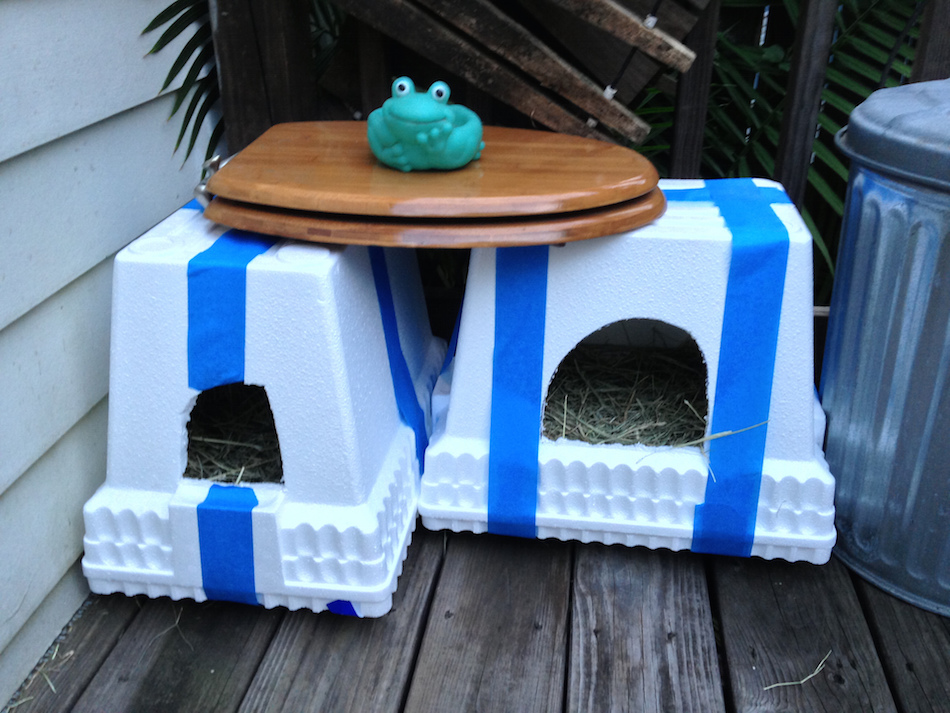
If you can't take on the huge project of adopting a feral cat, or you think that the cat you're taking care of is too used to the wild life, you can still build a shelter that she'll use.
You'll need a styrofoam or plastic bin and a few other supplies to give feral cats a safe place to sleep.
3. You Should Never Try To Handle A Feral Cat

Again, feral cats are not used to being touched by humans, and you will most likely end up with some very nasty scratches.
You'll also make it much less likely for that cat to return to your area for food out of fear.
4. You Shouldn't Just Set Food Out And Leave It There

You need to set up a feeding schedule for the feral cats in your neighborhood so that they will know when to come. You should only leave food out for 45 minutes tops, as to not attract insects or other wild animals.
Wet or dry food will do just fine, but make sure you put it in a safe spot. Don't leave it out, especially at night, for the other critters to get into!
5. You Should Always Check Your Car
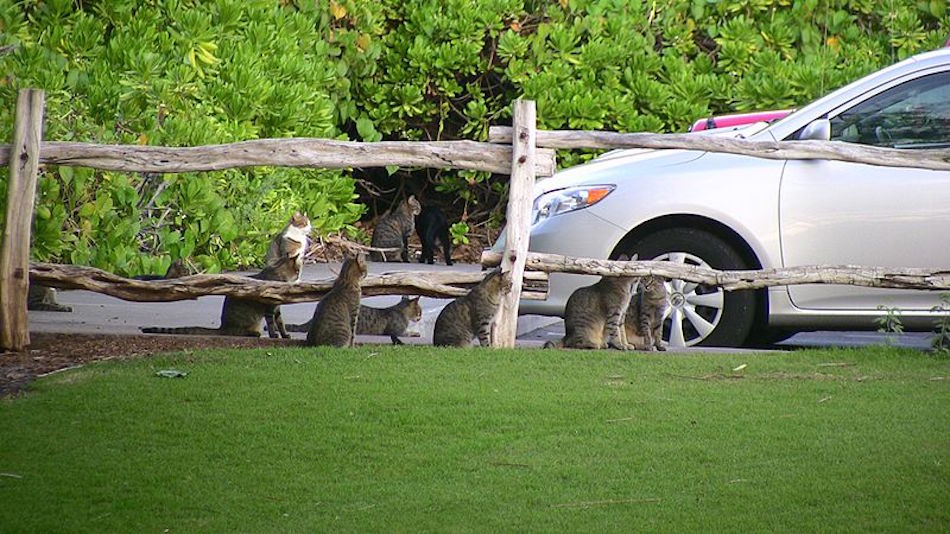
If you've found feral cats in your neighborhood, whether you have taken it upon yourself to care for them or not, you should always be sure to bang on the hood of your car loud and clear before you start it, especially in the wintertime. Feral cats might try to find warmth and shelter under the wheels or even in the engine of your car.
This doesn't only happen in winter, though! My family found one of our most beloved cats when, in the dead of summer, my mom heard a meowing in a parking lot. She searched and searched until she found a tiny kitten underneath the hood of someone else's car.
6. Neutering Is Crucial
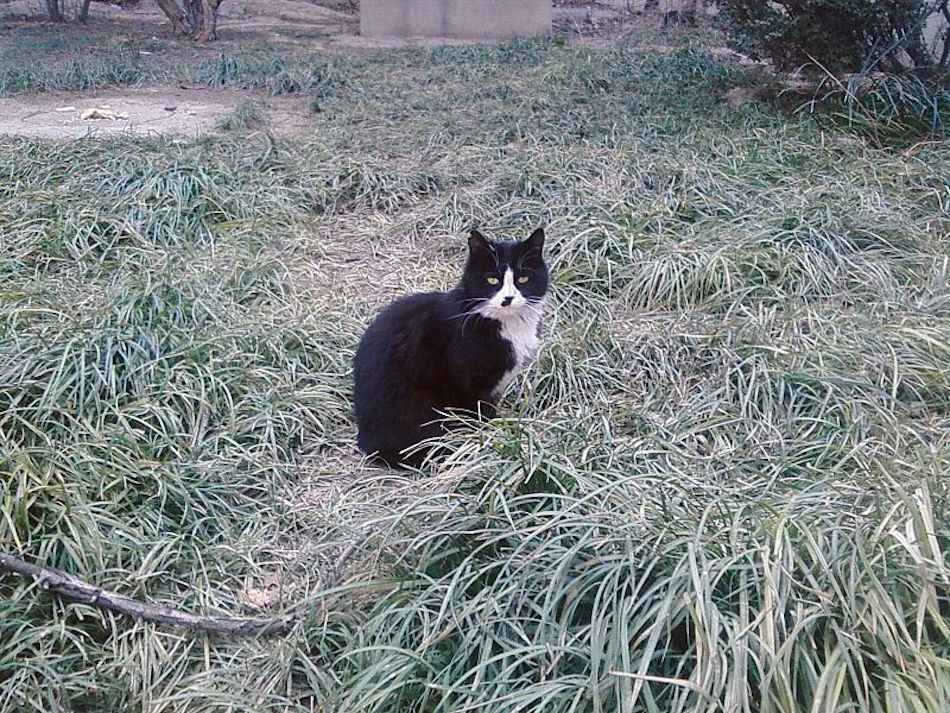
The most important thing you can do for a feral cat or a feral cat colony is to make sure that they are all neutered. This will prevent even more kittens to care for in the future.
TNR (trap neuter and return) is the nicest thing you can ever do for a feral cat. Most feral and stray cats that have already been spayed or neutered have a notch in their ear.
7. You Should Work With Your Neighbors

Lots of people are perfectly happy to support your goal of caring for a colony of feral cats, though some are not as welcoming. They may not want the cats near their home.
You must speak with them and be courteous to their wishes. Place shelters and food far away from a neighbor who doesn't want the cats near their home.
It's also helpful to speak to your neighbors when you are trying to undergo a large-scale TNR effort. Teamwork makes the dream work, after all.
8. You Should Not Make Eye Contact
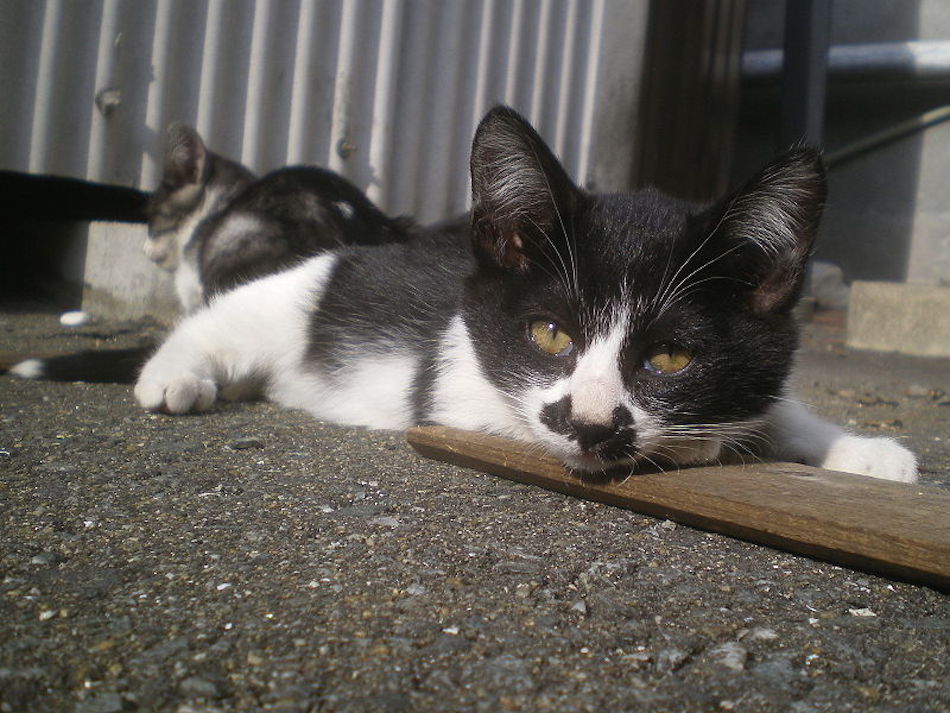
To feral cats, eye contact is a threat. Try not to look a feral cat directly in the eye when offering food or trying to prove that you are friendly.
9. You Should Always Pay Attention To Body Language

If you are trying to socialize a feral cat into your own home, or if you are simply caring for her as a feral cat, always pay attention to body language. Don't try to force a friendship before she is ready.
Again, feral cats may never be your friend, but they will appreciate the care you offer them.
10. Feral Cats May Have Kittens Nearby
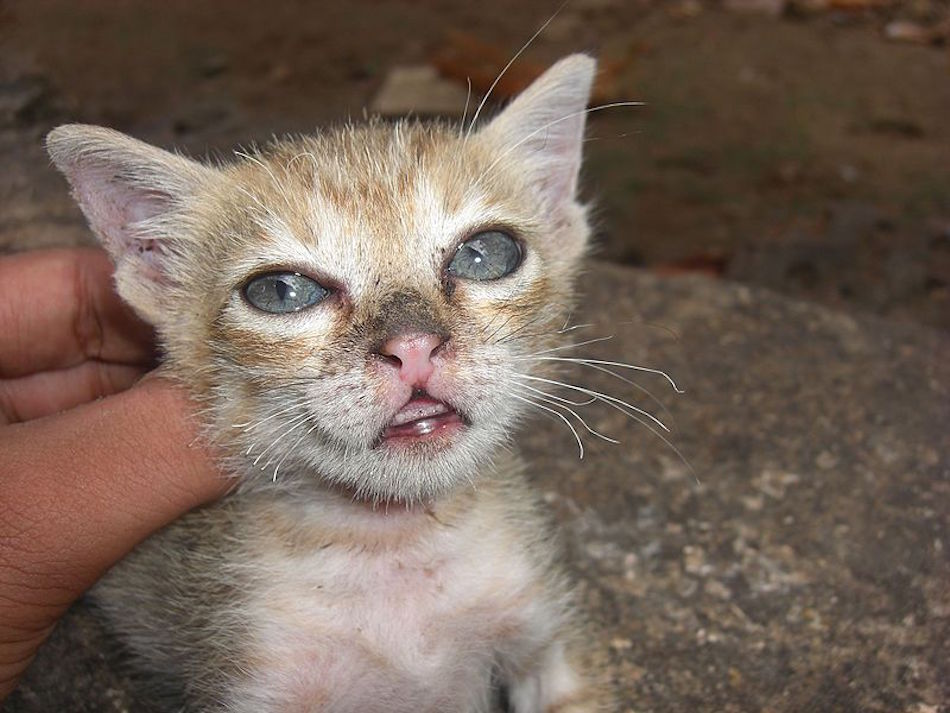
Feral cats may never want to live with humans in a loving home, but feral kittens may learn to adjust and become the most loving lap cats.
If you foster kittens of feral cats while they are still young, those kittens are so much more likely to be adoptable when they grow up. If you can, please consider this as an option!
Did we miss any things people need to know about feral cats? Let us know in the comments, and please SHARE with your family and friends on Facebook!




